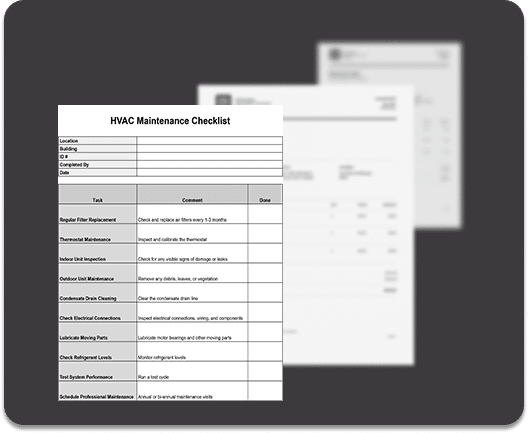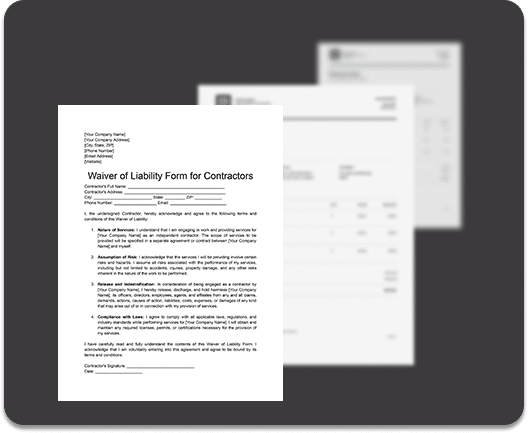What Is Employee Productivity?
Firstly, it is worth considering how you are defining productivity. This can allow you to adopt a new perspective when it comes to managing your employees. Taking a closer look at employee productivity is a great way to begin thinking about new ways of encouraging it within the workplace.
There are many definitions of employee productivity, but it is generally defined as maintaining an efficient and effective workplace. Using working hours constructively to produce more and better results in less time is the goal for many employers who are trying to improve productivity.
How Do You Determine Productivity?
One of the most important things to be aware of when determining productivity is that tasks should be measured rather than hours. It is a common belief in many organizations that productivity is determined by time. However, modern workplaces are recognizing that tasks can take different amounts of time in order to carry out properly.
Consider your business’ requirements, and the type of industry that you are operating within. While some workplaces are more appropriate to use time as a measure of productivity, such as factory industries and workshops, other fields of work have begun using task completion and regular monitoring in order to measure productivity.
Some workplaces also use a combined approach of time and task completion as a way of tracking productivity. This has been proven to be a highly effective way of monitoring whole teams as well as individual employees within the workplace, and it could be worth taking this approach when you are trying to promote productivity.
Most companies in the modern world use Human Resources Management Systems (HRMS), which have time-tracking software included. This has been made to keep track of every employee’s activities and encourage them to be more aware of the times of day that they are the most productive.
Using a more optimistic approach can put employees in control of their working days, and decide when they need to meet their goals and make the most out of their more productive periods during the day.
Some ways that you can adopt this approach if your industry is more focused on task completion rather than a particular time frame within the day include establishing a baseline for your employees. Think about how each person performs during a regular working day, when they get the most done, and what types of conditions they prefer individually.
Another thing to consider is carrying out a detailed survey from the employees and client, if appropriate. This can allow you to see whether certain tasks are more time sensitive, or if your employees have a little more flexibility to work on their own pattern.
Make sure you are monitoring absenteeism as well as presenteeism, and show your team that the quality of work should be made a priority over quantity per se. It is also worth taking a closer look into the culture that exists within the workplace, and whether this promotes productivity or not. This can allow you to make necessary adjustments if you think it is appropriate.
Ask Yourself The Following Questions
When you are trying to figure out a new approach to productivity, it is important that you are making the best decision for your workplace and the type of industry you are working in. Because there are so many variables involved when it comes to assessing and improving employee productivity, it is critical to consider certain questions.
Think about what the overall quality of work is like at the moment within your organization. This is an ideal way of setting a baseline measure on the whole, which can be used to motivate your team and hold certain employees accountable when necessary.
It is also worth asking yourself about certain absences within the company, and addressing these if there are many of these on a regular basis. The turnover is also extremely important when it comes to creating a more positive, productive work environment. It should be efficient and relatively smooth, but can be an area where overall task completion goes down consistently.
It is worth addressing this if it is an area which needs improvement. It may seem obvious, but you should also take a closer look into the variety of tasks which your employees are completing within certain deadlines.
Additionally, it is worth considering whether you are consciously checking employee wellness on a regular basis. This should be related to the overall working environment and the type of atmosphere which you have created within the office, factory, workshop, or store.


















